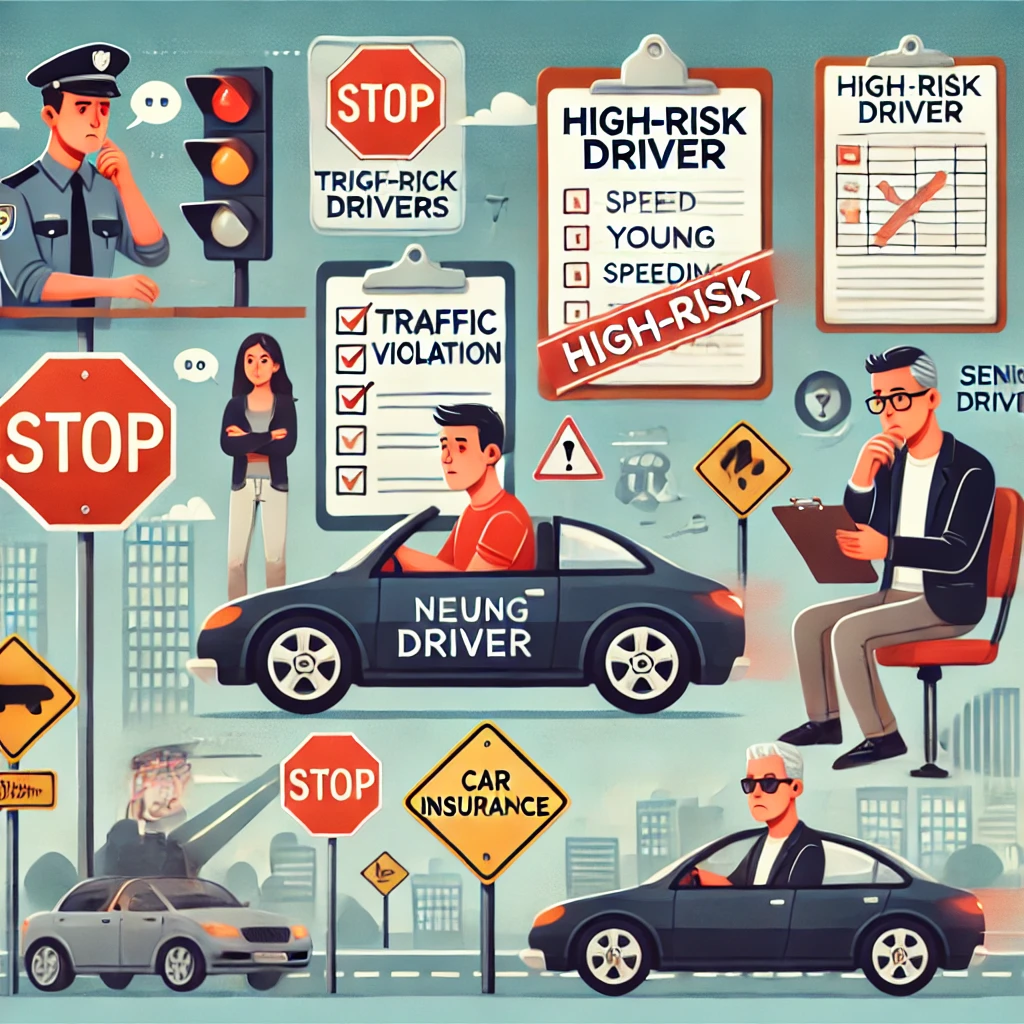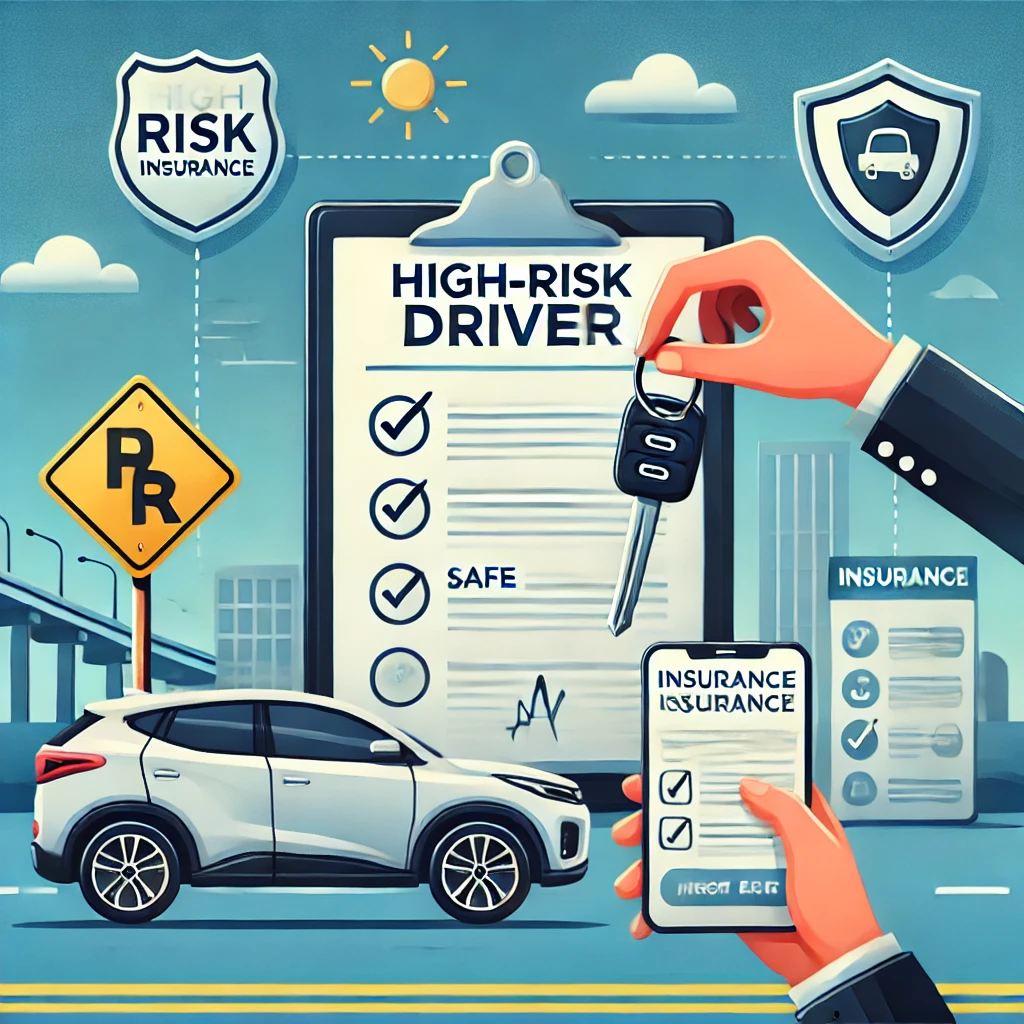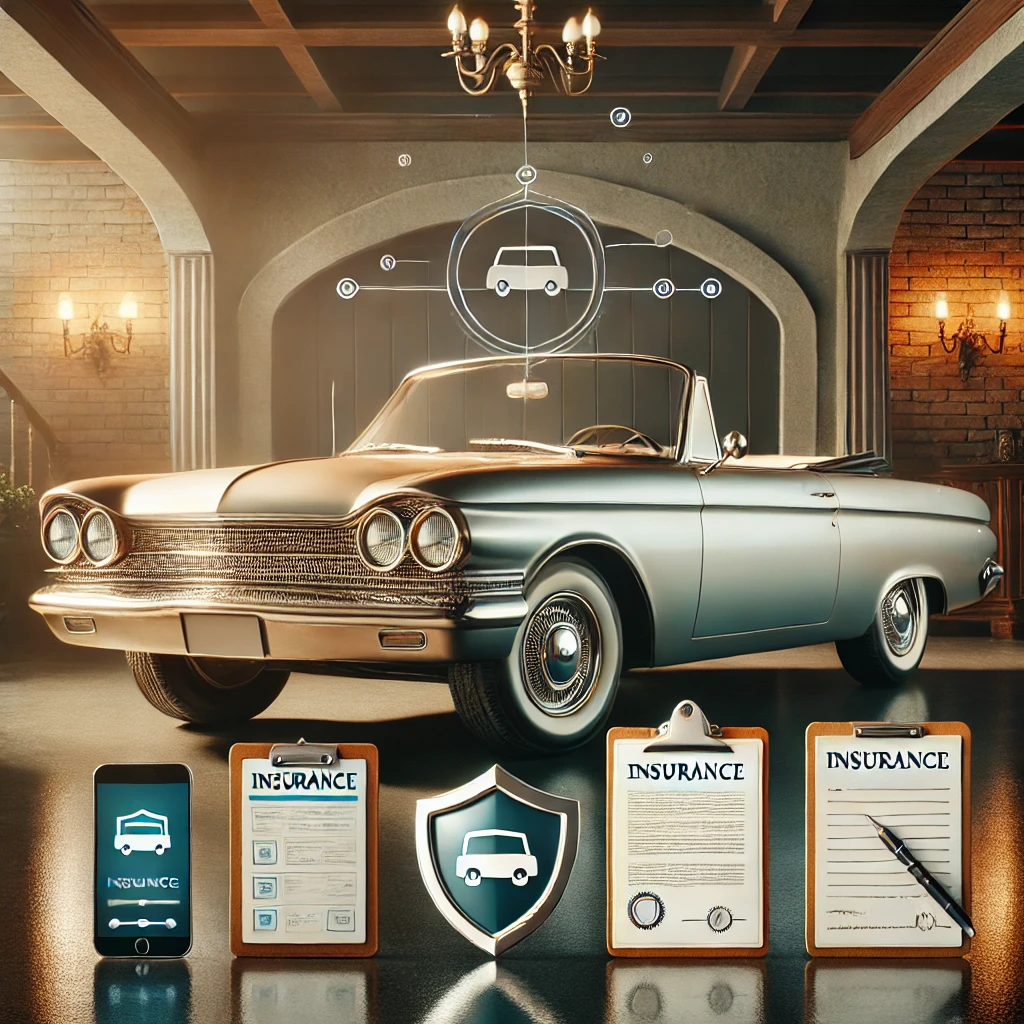Introduction
Being labelled a high-risk driver can feel overwhelming, especially when it comes to finding affordable insurance. I’ve been in those shoes, and I understand how frustrating it can be to secure the right coverage. Whether due to traffic violations, accidents, or a lack of driving experience, being considered high-risk doesn’t mean you’re out of options. In this article, I’ll share tips, strategies, and recommendations to help you find the best insurance for high-risk drivers that fits your needs and budget.
Who Is Considered a High-Risk Driver?

Insurance companies label drivers as high-risk based on certain factors, such as:
- Traffic Violations: Speeding tickets, DUIs, or reckless driving incidents.
- Accident History: Multiple at-fault accidents or claims.
- New Drivers: Limited driving experience or no prior insurance.
- Age: Young drivers (under 25) or senior drivers (over 65).
- Credit Score: A poor credit score can impact insurance rates.
Understanding why you’re considered high-risk is the first step toward improving your situation.
Why High-Risk Drivers Need Specialized Insurance
High-risk drivers face higher premiums because insurance companies see them as more likely to file claims. However, specialized insurance plans can:
- Provide Necessary Coverage: Ensure you meet legal requirements and stay protected.
- Help Rebuild Your Record: Many policies are designed to help high-risk drivers improve their standing over time.
- Offer Discounts: With effort and time, you can qualify for better rates and benefits.
Best Insurance Options for High-Risk Drivers
1. State Farm
State Farm is known for its competitive rates and excellent customer service. High-risk drivers can benefit from:
- Accident forgiveness programs.
- Discounts for defensive driving courses.
- Flexible payment options.
2. GEICO
GEICO offers affordable options for high-risk drivers, including:
- Coverage for drivers with DUIs or traffic violations.
- Mobile tools for managing policies and filing claims.
- Discounts for vehicle safety features.
3. Progressive
Progressive specializes in helping high-risk drivers find tailored coverage. Benefits include:
- Snapshot program to track driving habits and earn discounts.
- SR-22 filing assistance for drivers with legal requirements.
- Competitive rates for drivers with accidents on their record.
4. The General
The General is a great choice for high-risk drivers who struggle to get traditional coverage. They offer:
- No judgment policies for drivers with poor credit or prior cancellations.
- Easy online quotes and fast approval.
- Flexible monthly payment plans.
5. Nationwide
Nationwide provides support for high-risk drivers through:
- Vanishing deductible programs.
- Discounts for bundling home and auto insurance.
- Personalized advice for improving your driving record.
Tips for Reducing Insurance Costs as a High-Risk Driver
1. Take a Defensive Driving Course
Completing a certified defensive driving course can:
- Show insurers that you’re serious about improving your skills.
- Lead to discounts on your premium.
2. Maintain a Clean Driving Record
Avoiding accidents and tickets over time can gradually lower your risk profile and insurance rates.
3. Improve Your Credit Score
Since many insurers consider credit scores, working to improve yours can help reduce premiums.
4. Consider Usage-Based Insurance
Programs like Progressive’s Snapshot or Allstate’s Drivewise track your driving habits and reward safe behavior with lower rates.
5. Shop Around
Comparing quotes from multiple insurers ensures you find the best deal. Don’t stick with the first option you see.
Factors Affecting High-Risk Insurance Rates
1. Severity of Violations
The nature of your infractions, such as DUIs versus minor speeding tickets, can heavily impact your premiums.
2. Time Since Last Incident
Insurance companies often look at the last three to five years of your driving history. The longer you’ve gone without incidents, the better your rates.
3. Vehicle Type
Driving a high-performance or luxury vehicle may increase rates, while a safer, more affordable car could lower them.
4. Location
Living in areas with high traffic or crime rates can result in higher premiums.
How to Choose the Best High-Risk Insurance Provider
1. Research Company Reputation
Look for insurers with strong customer reviews and high ratings for claim satisfaction.
2. Check for Discounts
Many companies offer discounts for good grades, safe driving courses, or bundling policies.
3. Understand Policy Terms
Make sure the coverage limits and deductibles align with your needs and budget.
4. Ask About SR-22 Filing
If required, ensure your provider can handle SR-22 filings efficiently.
5. Seek Personalized Advice
Work with an insurance agent who specializes in high-risk coverage to find the best options.
Benefits of Improving Your Driving Record
- Lower Premiums: Insurance rates decrease as your risk profile improves.
- More Options: Access to a wider range of insurance providers and policies.
- Peace of Mind: Confidence knowing you’re a safer driver and better insured.
Conclusion
Finding the best insurance for high-risk drivers may seem challenging, but it’s not impossible. By understanding your options, comparing quotes, and taking proactive steps to improve your driving record, you can secure affordable and reliable coverage. Remember, being labelled high-risk isn’t permanent; with time and effort, you can turn things around and enjoy better rates and peace of mind.
FAQs
1. What is high-risk car insurance?
High-risk car insurance is coverage designed for drivers with a higher likelihood of filing claims due to factors like accidents, traffic violations, or limited experience.
2. How can I lower my high-risk insurance premiums?
You can lower premiums by taking a defensive driving course, maintaining a clean driving record, improving your credit score, and shopping around for better rates.
3. What is an SR-22, and do I need one?
An SR-22 is a certificate of financial responsibility required by some states for drivers with serious violations like DUIs. Your insurance provider can file it on your behalf.
4. Are there discounts available for high-risk drivers?
Yes, many insurers offer discounts for safe driving programs, anti-theft devices, bundling policies, or maintaining good grades for young drivers.
5. How long does it take to stop being a high-risk driver?
It usually takes three to five years of clean driving to lower your risk profile and qualify for standard insurance rates.




